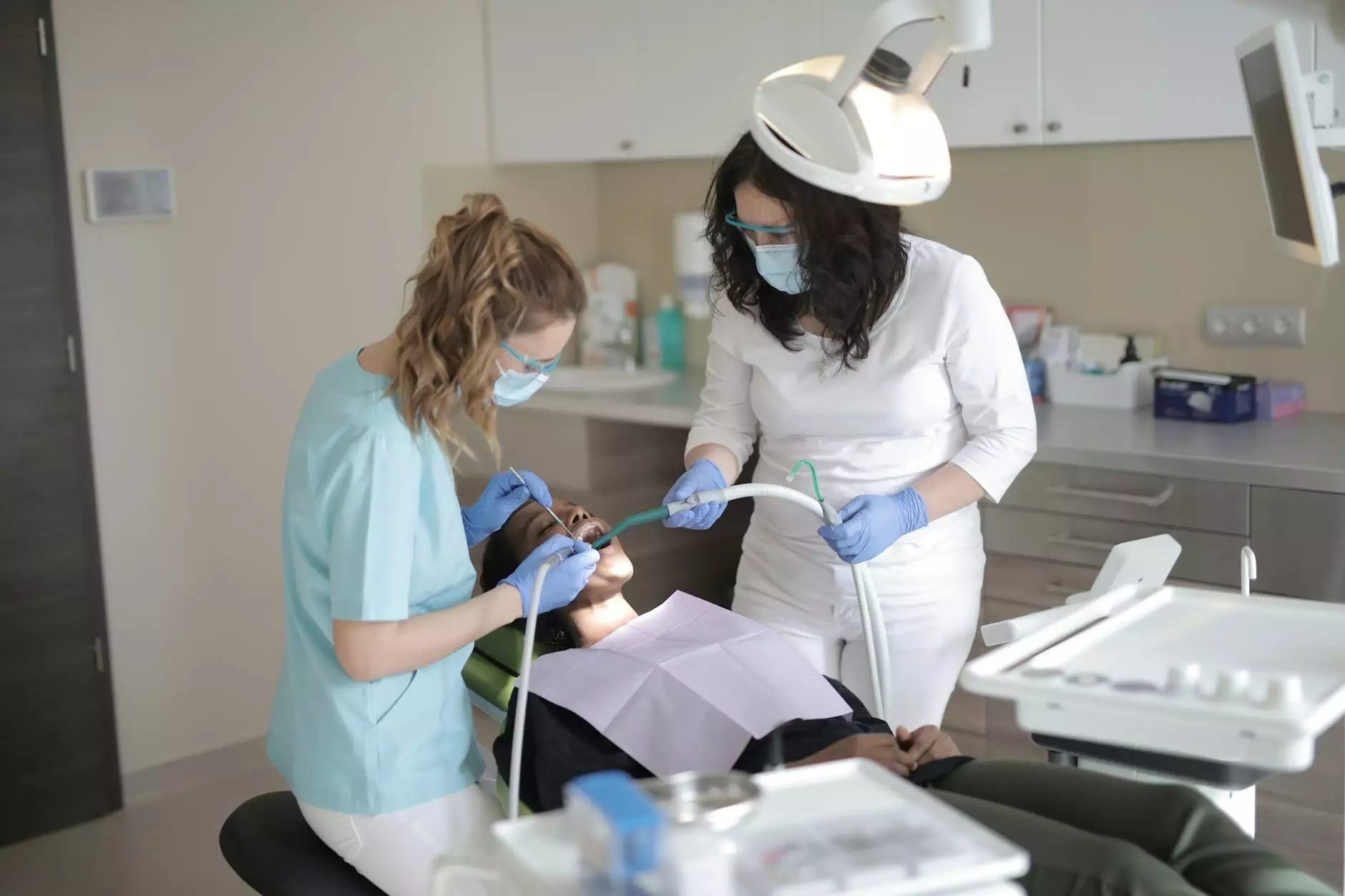Understanding and Addressing Anteriorly Rotated Shoulder

In the field of health and medical sciences, the term "anteriorly rotated shoulder" is frequently used to describe a particular positioning or movement of the shoulder joint. This condition occurs when the shoulder joint rotates towards the front of the body, which can lead to various physical discomforts and functional limitations. Individuals experiencing anteriorly rotated shoulder commonly encounter challenges in performing routine tasks and engaging in physical activities. Understanding the causes, potential complications, and effective treatment approaches is essential to restore proper shoulder function and enhance overall well-being.
Causes of Anteriorly Rotated Shoulder
Anteriorly rotated shoulder can arise from a combination of factors, including muscle imbalances, postural issues, and injury. Muscle imbalances occur when certain muscles in the shoulder girdle become weak and others become tight. This imbalance can disrupt the normal alignment and movement of the shoulder joint, leading to anterior rotation. Poor posture, such as rounded shoulders or a forward head position, can also contribute to anterior rotation by placing additional stress on the shoulder joint and surrounding structures. Lastly, an injury, such as a rotator cuff tear or shoulder dislocation, can result in an anteriorly rotated shoulder as a protective mechanism or due to changes in muscle activation patterns during the healing process.
Potential Complications of Anteriorly Rotated Shoulder
Anteriorly rotated shoulder, if left untreated, can cause various complications that affect shoulder function and overall quality of life. Some common complications include:
- Shoulder Pain: Anterior rotation of the shoulder joint can lead to increased stress and strain on the surrounding muscles, tendons, and ligaments. This can result in chronic shoulder pain, which may worsen with movement or activity.
- Decreased Range of Motion: The abnormal alignment caused by anterior rotation can restrict the shoulder's range of motion. This limitation can impede daily tasks such as reaching overhead, lifting objects, and performing sports-related movements.
- Impaired Stability: Optimal stability of the shoulder joint is crucial for maintaining proper function and preventing injuries. Anterior rotation can compromise shoulder stability, making individuals more susceptible to dislocations and further damage.
- Muscle Weakness and Imbalance: Anteriorly rotated shoulder often leads to muscle imbalances, with some muscles becoming weakened and others overly tightened. This imbalance can impact the recruitment and coordination of muscles during movement, leading to further dysfunction.
Treating and Addressing Anteriorly Rotated Shoulder
To address and treat anteriorly rotated shoulder, a comprehensive approach that targets the underlying causes and associated dysfunctions is necessary. Here are some effective strategies commonly employed by healthcare professionals:
Posture Correction and Ergonomics
Improving posture and ergonomics is essential in managing anteriorly rotated shoulder. Healthcare professionals, such as chiropractors and physical therapists, can provide guidance on proper postural alignment and ergonomic modifications for workstations and daily activities. This may involve exercises, stretches, and lifestyle changes to alleviate stress on the shoulder joint and promote optimal positioning.
Strength and Flexibility Training
Targeted exercises are crucial in addressing muscle imbalances and promoting shoulder stability and function. A combination of strength training exercises to strengthen weakened muscles and flexibility exercises to stretch tight muscles can help restore the balance and alignment of the shoulder joint. These exercises are often tailored to the individual's specific needs and may involve the use of resistance bands, weights, or bodyweight exercises.
Manual Therapy Techniques
Manual therapy techniques, such as soft tissue manipulation, joint mobilizations, and myofascial release, can be used to address tight muscles, increase joint mobility, and promote healing. These techniques are typically performed by trained healthcare professionals and can help alleviate pain, restore range of motion, and enhance shoulder function.
Education and Lifestyle Modifications
Educating individuals about the causes and management of anteriorly rotated shoulder is essential for long-term success. Lifestyle modifications, such as maintaining good posture, avoiding repetitive overhead movements, and incorporating regular exercise, can significantly contribute to preventing recurrences and promoting overall shoulder health.
Consulting a Qualified Professional
While the information provided here serves as a useful overview of anteriorly rotated shoulder, it is important to consult a qualified healthcare professional, such as a chiropractor or physical therapist, for a comprehensive evaluation and personalized treatment plan. They can assess the specific causes and severity of your anteriorly rotated shoulder and design a tailored approach to address your unique needs.
When it comes to addressing and treating anteriorly rotated shoulder, seeking professional guidance is crucial. Don't let this condition limit your daily activities and hinder your overall well-being. By taking proactive steps towards understanding the causes and implementing effective treatment strategies, you can regain optimal shoulder function and live a pain-free life.
Disclaimer: The information provided in this article is for informational purposes only and should not be considered as medical advice. Always consult with a qualified healthcare professional for a proper diagnosis and customized treatment plan.








